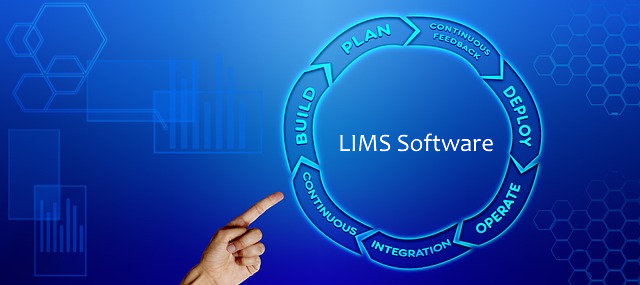BlogLab Software
10 steps to choose a LIMS Software

- Identify your needs: Understand what your lab needs in terms of data management, sample tracking, and reporting. Create a list of specific requirements for the LIMS software.
- Research different LIMS options: Look into different LIMS software options available in the market and compare their features against your list of requirements.
- Evaluate the vendor: Research the vendor’s reputation, customer support, and experience in the industry.
- Check the compatibility: Ensure that the LIMS software is compatible with your existing hardware and software systems.
- Consider scalability: Make sure the LIMS software can handle your current needs as well as your future growth.
- Look into the reporting capabilities: Ensure that the LIMS software can generate the reports you need in the format you require.
- Check the security: Ensure that the LIMS software has appropriate data security measures in place.
- Test the LIMS software: Request for a demo or a trial version of the software to test its functionality and usability.
- Check the support and maintenance: Understand the vendor’s policy on support and maintenance and ensure that it meets your needs.
- Compare costs: Compare the costs of different LIMS software options and ensure that it fits within your budget.




